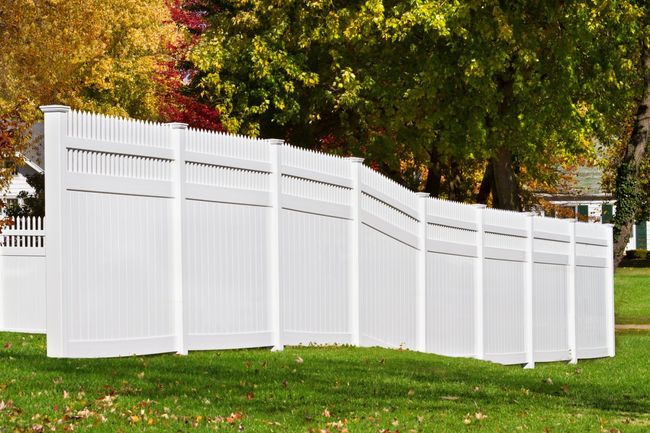Basics Of Building An Eco-Friendly Fence
A green lifestyle entails more than just eco-friendly products inside your home. Your yard can get in on the fun as well; you could plant a pollinator-friendly garden, install a wildlife habitat, and make sure all your yard and garden equipment is environmentally friendly. Your fence is no exception.
Here are the basics of how to plan and install an eco-friendly fence in your yard.
Choose a Long-Lasting Fence Material
A long-lasting fence allows you to go longer between replacements. You can choose a highly durable material, such as wrought iron or aluminum, if you never want to have to replace your fence again.
A super-durable fence material helps the environment because it means you use fewer fences in your lifetime. This means you don't create more demand for manufacturing and transporting new fences. A long-lived fence also tends to have a lower environmental impact per year because it's in use for a higher number of years.
Look For Recycled Content and Recyclable Products
Is your chosen fence material made of recycled content? If so, that's a point in its favor. However, you also need to think about whether the fence will be either recyclable (like metal) or biodegradable (like wood) at the end of its useful life.
If the fence material is made of plastic, it may have recycled content in it, but it may or may not be practically recyclable. For example, a fence material that's a composite of plastic and other materials (such as resin or sawdust) may be technically recyclable. However, that doesn't mean you can feasibly recycle it.
Methods to recycle plastic composites do exist. But still, these composites may not be accepted for recycling at your local facility. The process required to separate out the different materials may be too involved and not cost-effective enough.
Ideally, look for a fence material that won't end up in the landfill after you're done with it. A material that can be recycled, potentially into new fences, allows you to completely close the loop on the material's life cycle.
Choose the Best Placement
Believe it or not, the placement of your fence can also impact your eco-friendly lifestyle. For example, a tall fence that shades part of a wall during the hot part of the day can decrease the energy loss and thus help reduce the energy you use on air conditioning.
Another way a well-placed fence can enhance your home's energy efficiency is by shading your AC unit. This may allow you to save energy because the unit can run more efficiently in the cooler shade. However, be sure the fence is at least two feet away from the unit or it could hamper airflow and make the unit work harder.
And finally, if placed correctly, a fence can help shield essential items in your yard. The fence can protect these items from debris, weathering, and weather damage, which can lead to fewer repairs and less demand for parts and replacement.
Consider Salvaged or Reclaimed Materials
If you really want a specific look with your fence but you're not sure the materials needed are sustainable or eco-friendly, try looking for repurposed or reclaimed materials to build your fence. This can redirect materials that would otherwise be destined for a landfill. Just keep in mind that reclaimed materials may not last as long as brand-new materials.
These basics will help you envision and put into practice a fence installation project that both accentuates your home's beauty and helps the environment. For more information on the types of fence materials we offer and the fence installation services we provide, give Gulf Coast Fence Company a call today.







